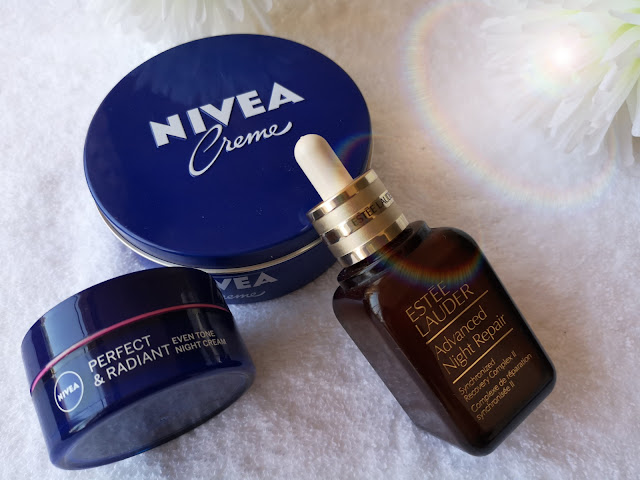A couple of months ago I
bought micellar water. I’ve heard a lot of good things about it so I wanted to
try it out. I use the micellar water as a secondary make-up remover after
facial wipes. After a few uses I started wondering whether or
not I can use the
water as a toner as well. So I did a little research and here’s what I’ve
deduced:
On the other hand a toner is used to restore moisture after
cleansing your skin; you are generally not required to rinse it off. It also
helps prep the skin for better absorption of nutrients from your mask, serum, and/or
moisturiser.
Here’s how I incorporate the two products in my night time skin
care routine (especially for days when I wear make-up):
Step 1:
I apply coconut oil all over my face, leave it for a minute
or two then wipe it off using a facial wipe.
Step 2:
Apply a few drops of micellar water (currently using Garnier
SkinActive Micellar Water) on a cotton pad and wipe off any access dirt.
Step 3:
Depending on how much energy I have left after a whole day’s
work (and traffic) I either both cleanse and exfoliate or I do one of. For my
cleanser I use L’Oreal Pure Clay Detox Wash and the Neutrogena Hydro Boost Exfoliator
for exfoliating.
Sometimes I’ll use the L’Oreal cleanser with my cleansing
brush and skip the ’chemical’ exfoliator.
Step 4:
Apply toner using a cotton pad. I’m using the Dischem Rose
Water and have been for a while. Actually I used it as a make-up remover
as well before I bought the micellar water.
Step 5:
Apply serum; I use the Estee Lauder Advanced Night Repair.
Step 6:
Moisturise. I have numerous moisturisers but predominantly use
the Nivea
Crème for my super dry skin.
Yimina ozithobayo























